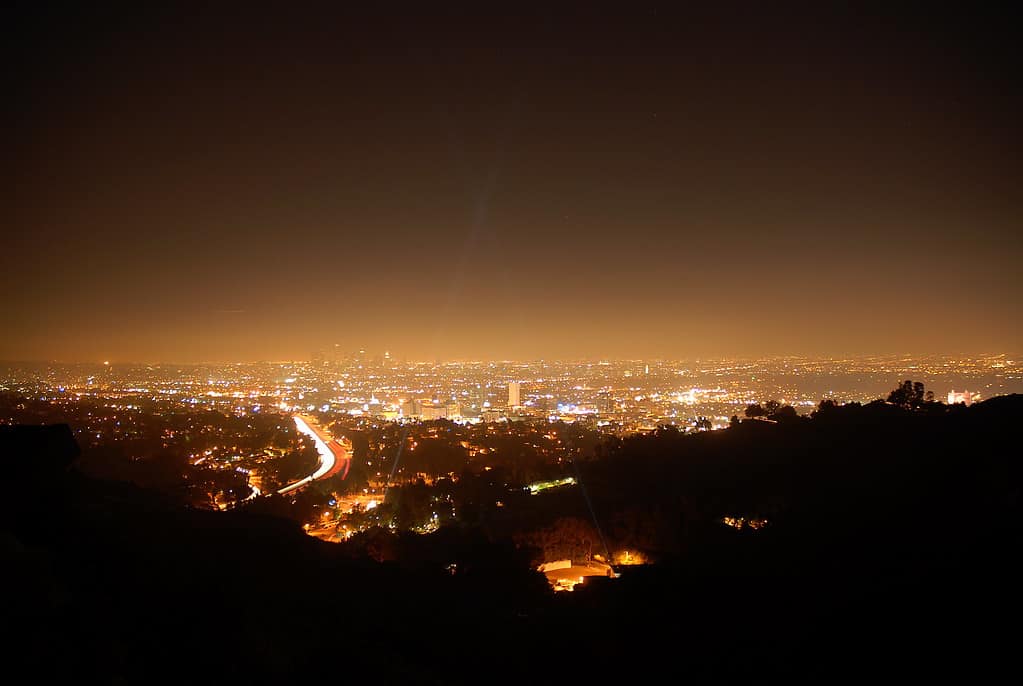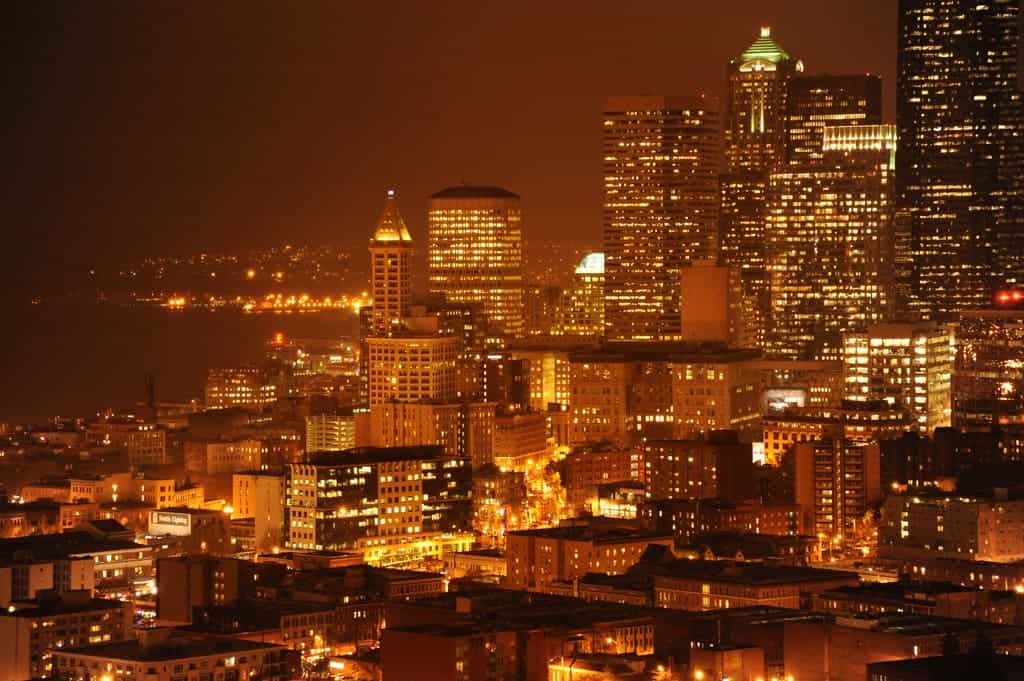If you live in a big city, it’s very likely you can’t see a lot of stars because of light pollution. First reported as an issue in the 1970s, light pollution has now become so problematic that astronomers had to come up with a new term to describe what it means not accessing the night sky. They called it noctalgia, which means sky grief.

For almost its entire history, Earth has been dark during the night. But in the past century or so, that’s started to drastically change. The lightbulb was invented 150 years ago and since then, artificial light has come to dominate our cities and infrastructure. In fact, artificial light is so prevalent that in many parts of the world, we’re losing the dark, night sky.
John Barentine, an astronomer and science communicator, and Aparna Venkatesan, a professor of Physics and Astronomy at the University of San Francisco, described the term in the preprint database arXiv and in a letter to the journal Science. They call is ‘noctalgia’, a play of words on ‘nostalgia’ and the Latin word for ‘night’ — noctis. The researchers argue that noctalgia captures the pain we experience as we lose access to the night sky.
“We offer here the term to express sky grief for the accelerating loss of the home environment of our shared skies, a disappearance felt globally and deserving its own field of study of nyctology,” they wrote. “This represents far more than mere loss of environment: we are witnessing loss of heritage, place-based language and identity”.
Coping with light pollution
Just like carbon dioxide emissions and plastic usage, light is also a form of pollution. The excess of electric light has already begun to adversely affect our environment and ourselves.
Light pollution (the unwarranted or excessive deployment of outdoor artificial lighting) is detrimentally impacting human well-being, altering wildlife patterns, and obscuring stars and other celestial marvels.
Nocturnal light affects sleep and confuses the circadian rhythm – the internal clock that guides day and night activities in almost all living organisms. An increased amount of light lowers melatonin production, which results in fatigue, stress and anxiety. Studies have also shown that light pollution is affecting animal behaviors, such as migration.
A study that came out earlier this year found that light pollution is skyrocketing. The dimmest stars in the night sky are becoming increasingly concealed by a 10% annual rise in skyglow caused by artificial light. Intensifying this issue is LED lights. Satellites are bad at spotting them so it gives the impression light pollution is less severe.
The World Atlas of Night Sky Brightness, a computer-generated map based on satellite photos, published in 2016, shows how and where the planet is lit up at night. Large areas of Europe, North America, the Middle East and Asia are glowing with light. Some of the most light-polluted countries in the world are Kuwait, Singapore and Qatar.
The problem is compounded by the number of satellites we’re putting into orbit, which are also producing and reflecting light.
The record number of satellites in orbit is obscuring some astronomic observations and even creating light that’s visible from Earth. Satellites scatter and reflect sunlight from their solar arrays, and their abundance is causing the brightness of the sky to increase all over.
However, there are solutions already in the works.
The International Dark-Sky Association (IDA) is working to reduce light pollution through education and public outreach. In 2017, IDA created the first US dark sky reserve in Idaho. Major cities are also being encouraged to retrofit their streetlights with less polluting illumination.
Barentine and Venkatesan also suggest a few steps forward, such as coordinated international policies and designating the skies as an intangible cultural heritage by the UN. “The daytime and nighttime skies deserve protection as a globally shared heritage, one we hope to leave as a legacy for those who will come long after us,” they conclude.






